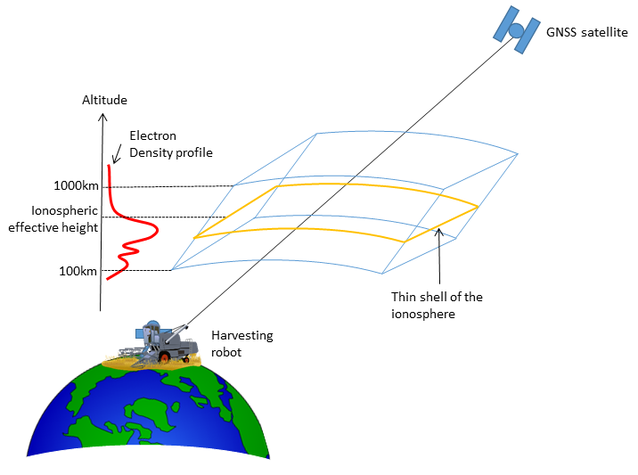Advanced Multi-Constellation EGNSS Augmentation and Monitoring Network and its Application in Precision Agriculture (AUDITOR)

AUDITOR is a project within the Horizon 2020 programme of the European Commission. It is a joint initiative of an international consortium of small and medium enterprises and universities. The main objectives of AUDITOR are the
- development of an improved GNSS ground-based augmentation system and the
- delivery of services in precision agriculture based on augmentation system.
The improved GNSS augmentation system will implement novel precise positioning techniques with modern and proven algorithms in highly configurable, low-cost dual-frequency GNSS receivers. These new receivers will enable cost-effective precision agriculture services to farmers, especially those with small and medium-sized businesses in areas of Europe where EGNOS coverage is poor. The architecture of the system is based on four main concepts which are (1) a new receiver design for precision farming, (2) the processing of data from continually operating GNSS network, (3) the computation and delivery of the corrections for the augmentation system and (4) the high accuracy algorithms to improve the quality of the correction data (e.g. ionospheric corrections).
The contributions of DGFI-TUM will focus on the development of high accuracy algorithms to provide enhanced ionospheric corrections. This includes two major points:
- improvement of existing mapping functions to convert the slant total electron content (STEC) measurable by GNSS into the vertical total electron content (VTEC),
- development of a data and signal adaptive approach to produce high resolution VTEC maps.
The improvement of the mapping function shall be achieved by estimating more realistic values for the so-called ionospheric effective height (see Fig. 1 for a geometric interpretation) from radio occultation data. An adaptive approach for global VTEC modelling based on B-splines has already been developed at DGFI-TUM to consider the inhomogeneous distribution of the observation sites, i.e. the input data (see Fig. 2) within the ADAPIO project. Within AUDITOR, an improved version of this adaptive approach will be developed and incorporated into the system architecture to provide higher quality products. This approach will allow for the sequential processing of measurements. In other words, the data of different ground GNSS networks together with observations of the flexible low-cost receivers shall be sequentially processed by means of a Kalman filter to produce high rate VTEC maps.

Arcisstraße 21
80333 München
CTTC, Spain,
UPC, Spain,
Alpha, Italy DRAXIS,
Greece DLO, The Netherlands